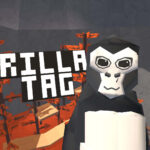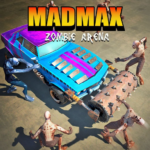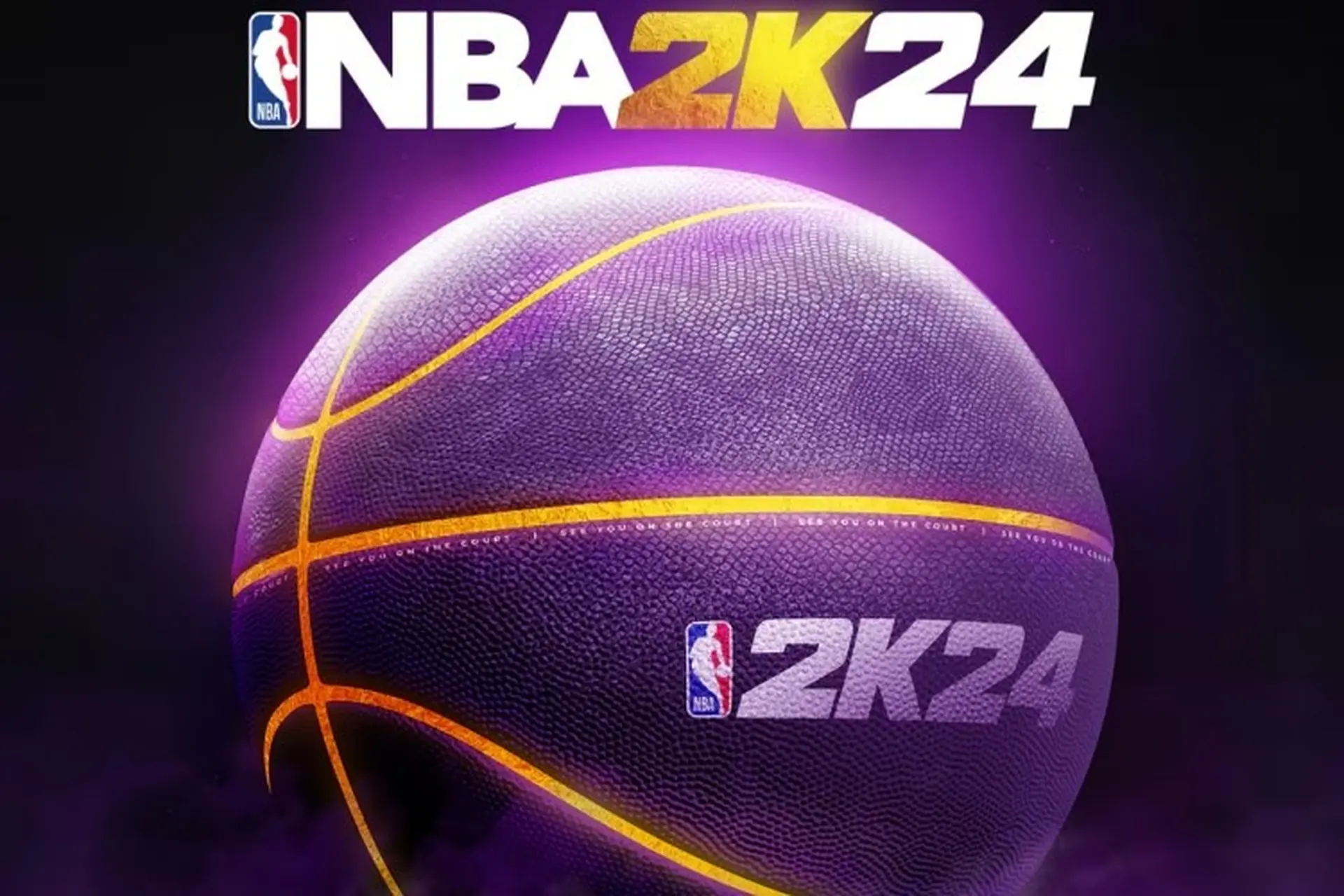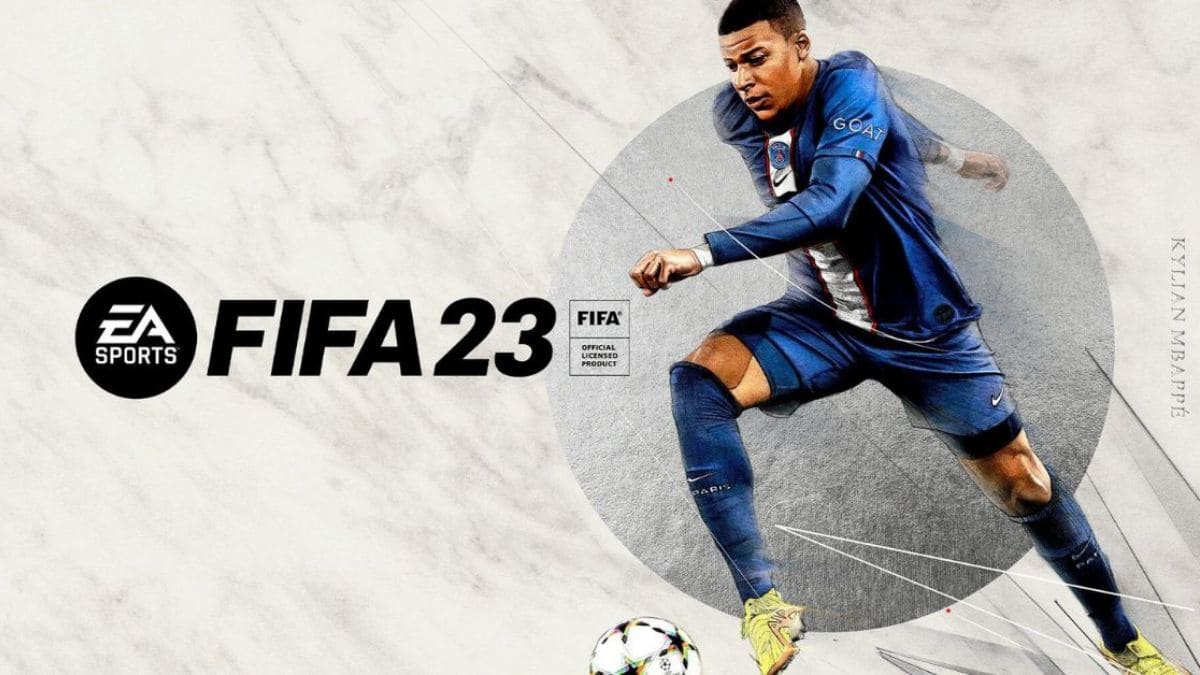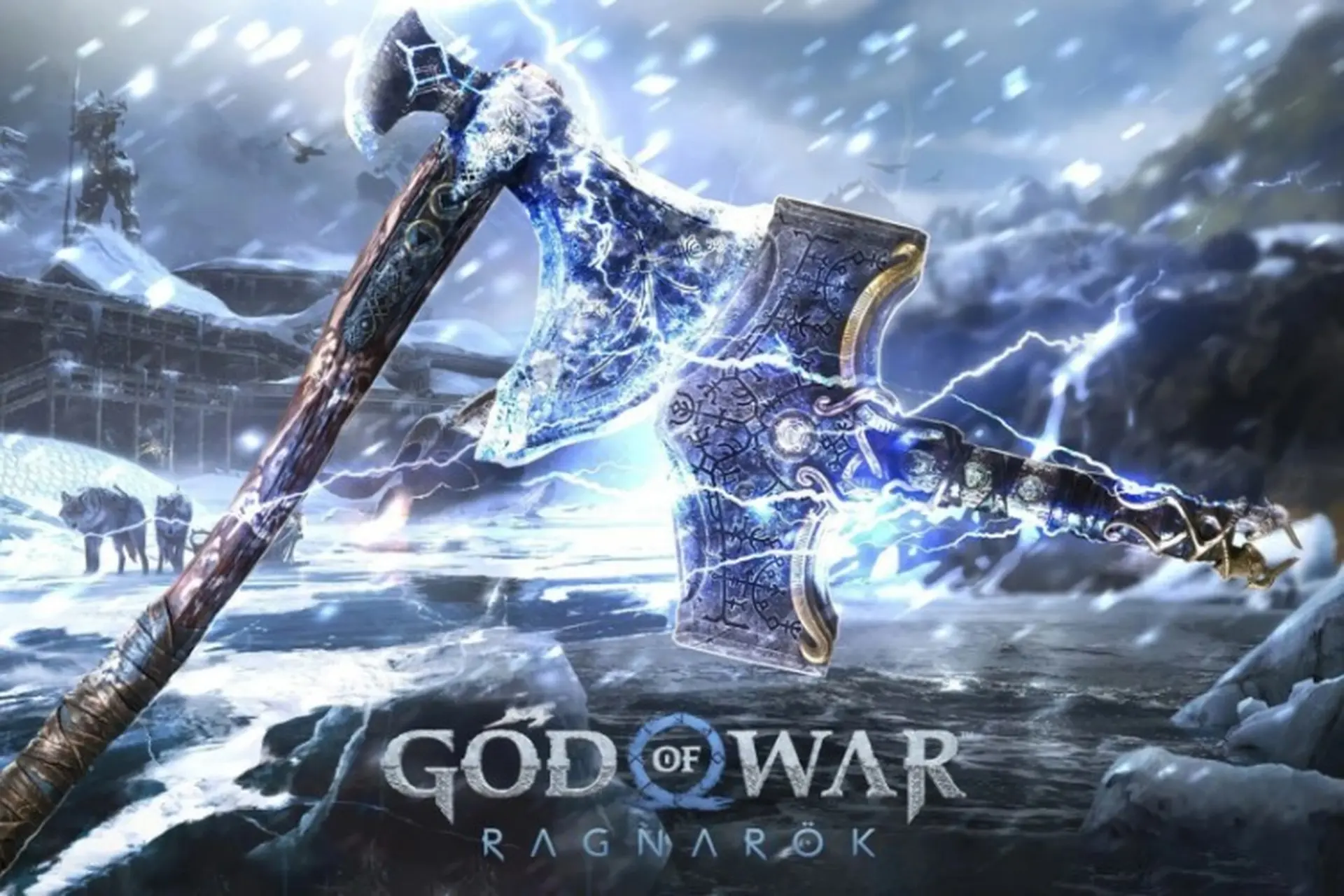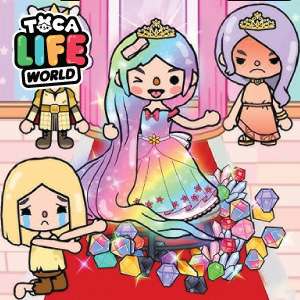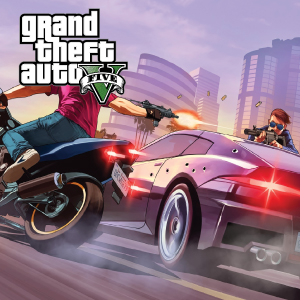Introduction
Garena Free Fire has established itself as a titan in the mobile battle royale genre, thanks to its fast-paced matches, accessible gameplay, and regular updates that keep the game dynamic and engaging. One of its most iconic additions is the Kalahari map, a desert-themed battlefield that redefined the Free Fire experience. First introduced as a limited-time map and later integrated permanently, Kalahari brought a host of tactical innovations and environmental challenges that forced players to adapt and rethink their strategies.
With vertical combat, arid terrain, and unique landmarks, Kalahari isn’t just a reskin—it’s a tactical revolution that pushes players to embrace new playstyles. This article takes you on a deep dive into the Kalahari map: its history, features, strategies, and what makes it one of the most compelling maps in Garena Free Fire's expanding universe.
1. The Launch of Kalahari: A New Era for Free Fire
The Kalahari map was first introduced in early 2020 as part of a major Free Fire update aimed at expanding the game’s content offering. It marked a significant departure from Bermuda’s tropical aesthetics and Purgatory’s forested zones, bringing players into a sun-scorched wasteland filled with rocks, cliffs, and ruins.
Initially released as a limited-time feature, Kalahari quickly won fans over with its vertical complexity and intense firefights. Due to popular demand, Garena officially made it a permanent addition later that year, recognizing the map’s role in reshaping gameplay dynamics.
Pros:
-
Bold visual and tactical shift from earlier maps
-
Popularity driven by community engagement and feedback
-
Enhanced map diversity and replayability
Cons:
-
Early versions had optimization issues on low-end devices
-
Steep learning curve for beginners
Rating: 8.2/10
2. Visual and Environmental Design
Kalahari is visually defined by its desert landscape: cracked terrain, sandstorms, sun-bleached bones, and rugged rock formations. The dusty, orange color palette is not just cosmetic—it plays into gameplay by reducing long-range visibility and making camouflage more viable.
What truly sets Kalahari apart is its vertical design. Unlike the relatively flat Bermuda, Kalahari’s elevation levels make sniper battles more dynamic, offer high-ground advantages, and force players to scan the skies as often as the ground.
H3: Key Environmental Features
-
Tall cliffs and ravines
-
Abandoned military structures and relics
-
Shifting light conditions based on time-of-day
Pros:
-
Immersive setting that enhances tension
-
Vertical terrain changes the rules of engagement
-
Thematic cohesion in design and gameplay
Cons:
-
Can feel repetitive due to similar terrain textures
-
Vertical combat may frustrate traditional players
Rating: 8.4/10
3. Key Locations and Loot Zones
Kalahari includes several iconic POIs (Points of Interest) that shape how players approach each match. Locations like The Submarine, Command Post, Refinery, and Stone Ridge offer distinct tactical benefits and loot opportunities.
Some areas are rich in high-tier gear but are also hot landing zones, while others provide safer entry points but fewer resources. The Submarine is ideal for early loot but becomes a kill zone fast. Refinery, elevated and exposed, is perfect for snipers and aggressive squads.
H4: Popular Landing Spots
-
Refinery: Sniper paradise, high loot risk
-
Command Post: Balanced mid-tier loot, open layout
-
Bayfront: Safer area for late-game prep
Pros:
-
Encourages diverse landing strategies
-
Each area supports different playstyles
-
Balanced loot distribution with risk/reward system
Cons:
-
Early-game chaos in crowded hot zones
-
Some zones feel underutilized or imbalanced
Rating: 8.5/10
4. Weapon Strategy in a Vertical Map
Kalahari’s unique structure heavily influences weapon meta. Due to high ground vantage points, snipers and marksman rifles dominate many skirmishes. However, close-quarters weapons like shotguns and SMGs remain vital in tight spaces like underground bunkers and inner buildings.
This leads to more hybrid loadouts: players often pair long-range weapons with something like the MP40 or M1014 for quick transitions. Tactical positioning becomes as important as weapon choice, and moving without cover is often a fatal mistake.
List: Weapon Types Suited for Kalahari
-
AWM / Kar98k – long-range domination
-
M82B – anti-vehicle and armor-piercing
-
MP40 – great for desert bunkers and rushes
-
M1887 – dominant in mid-range shotgunning
Pros:
-
Encourages weapon diversity and adaptability
-
Balanced blend of long and short-range battles
-
Opportunities for both solo and squad strategies
Cons:
-
Beginners may struggle with long-range engagements
-
Ammo management becomes more complex
Rating: 8.3/10
5. Unique Tactical Challenges
Kalahari isn’t just about where you drop—it’s about how you move. Line-of-sight manipulation, cliff ambushes, and positioning are all vital elements. The uneven terrain can be both a shield and a death trap. A low valley can hide you from snipers or box you in without escape.
Additionally, Kalahari’s open fields and narrow corridors introduce chokepoints. These force squads to plan movement and flank routes carefully. Players need to master jump mechanics and elevation strategies to survive.
H3: Advanced Tactical Concepts
-
Use elevation for defensive advantage
-
Always rotate early to avoid being pinned
-
Utilize vehicles sparingly—they attract attention
Pros:
-
Rewards skillful movement and map knowledge
-
Keeps engagements dynamic and less predictable
-
Builds player mastery over time
Cons:
-
Punishes passive or slow players
-
Can frustrate less experienced mobile players
Rating: 8.7/10
6. Vehicle Use and Mobility
Unlike other Free Fire maps, Kalahari offers limited vehicle access. The rough terrain, steep cliffs, and tight spaces often restrict driving. When vehicles are available, they become high-risk, high-reward tools—great for fast rotations but loud and easily targeted.
Most experienced players opt for on-foot movement, using elevation and terrain as cover. Grappling hooks or jetpacks (in event modes) offer mobility advantages and allow faster repositioning.
Pros:
-
On-foot play emphasizes tactical positioning
-
Limited vehicle use balances gameplay
-
Promotes use of map knowledge
Cons:
-
New players may feel slow without mobility tools
-
Vehicles offer minimal protection in Kalahari
Rating: 7.9/10
7. Best Characters for Kalahari Map
Free Fire’s character system brings RPG-like abilities to the shooter genre. In Kalahari, certain characters shine more than others because of the map’s open fields and vertical layers.
For example, Alok's movement buff can get you out of a ravine quickly, while K's EP regeneration ensures longer survivability. Skyler's wall damage counters heavy Gloo Wall users who try to control high ground. Laura, with increased accuracy while scoped, is perfect for sniper dominance.
Top Characters for Kalahari:
-
Alok – Movement and healing
-
Skyler – Offensive and wall breaking
-
K – Sustainability in long fights
-
Laura – Precision for sniping
Pros:
-
Adds depth to tactical roles
-
Allows tailored strategy for each map
-
Expands team-based synergy
Cons:
-
Balancing can feel uneven in solo mode
-
Some abilities have minimal use in this map
Rating: 8.6/10
8. Ranked Mode and Competitive Play
Kalahari has been featured in ranked mode rotations, adding intensity to competitive matches. Players must not only manage gear and kills but also adapt their tactics to avoid early elimination in high-risk POIs.
Because of the map’s verticality and visibility limits, ranked matches in Kalahari tend to be slower and more cautious. Teams often camp choke points, wait out gunfights, or rotate early to secure zone control.
Pros:
-
High skill ceiling for advanced players
-
Promotes team coordination
-
Provides a different ranked experience from Bermuda
Cons:
-
High pressure for casual players
-
Early eliminations can be discouraging
Rating: 8.3/10
9. Community Reception and Meta Evolution
When Kalahari was first released, it divided the Free Fire community. Some loved the visual and tactical freshness; others found it too complex compared to Bermuda. Over time, however, the community embraced it, especially among pro players and streamers.
The map now enjoys a cult following and is a regular feature in community tournaments and influencer challenges. Players have developed region-specific strategies and even ranked their favorite drop zones based on tiered loot analysis.
Pros:
-
Fostered deeper player discussions and strategy sharing
-
Adds value for long-term fans
-
Enhances Free Fire’s diversity in gameplay
Cons:
-
Casual players still prefer simpler maps
-
May be overwhelming for new players
Rating: 8.4/10
10. Future Updates and What Lies Ahead
Garena has continued updating Kalahari with new event-based items, temporary weather systems, and seasonal aesthetics. Leaks and dev insights suggest potential additions like sandstorms, moving zones, and underground tunnels to enhance late-game strategies.
There’s also talk of more POIs, dynamic map alterations, and greater synergy with Free Fire MAX’s enhanced graphics. With esports on the rise, Kalahari could even see a dedicated competitive mode with ranked-only leaderboards.
H4: Future Possibilities
-
Weather effects like mirages and storms
-
More character-specific interactions with terrain
-
Enhanced visual themes for Free Fire MAX
Pros:
-
Plenty of room for map evolution
-
Keeps content fresh for veterans
-
Opens doors for creative game modes
Cons:
-
Risk of overcomplicating core design
-
Requires balancing for all player types
Rating: 8.7/10
Conclusion
Garena Free Fire: Kalahari isn’t just another map—it’s a paradigm shift in how mobile battle royales can be experienced. With its vertical combat, treacherous terrain, and high-stakes loot zones, it challenges players to be smarter, faster, and more strategic. For those willing to put in the time to master it, Kalahari offers some of the most rewarding and exhilarating combat in the game.
While it may not suit everyone—especially those seeking a simpler playstyle—it undeniably elevates Free Fire’s gameplay depth and replay value. From casual sessions to pro-level ranked matches, Kalahari has cemented its place as a fan-favorite battleground.
Final Expert Rating: 8.5/10 – A tactically rich and visually bold addition to Free Fire’s ever-expanding arsenal of maps.








